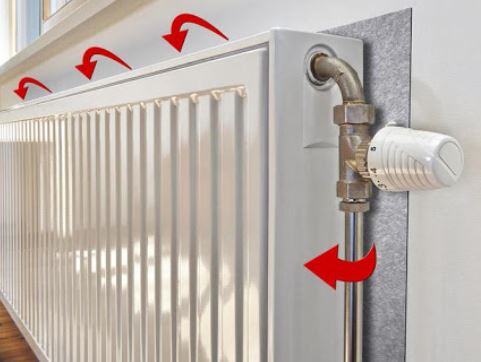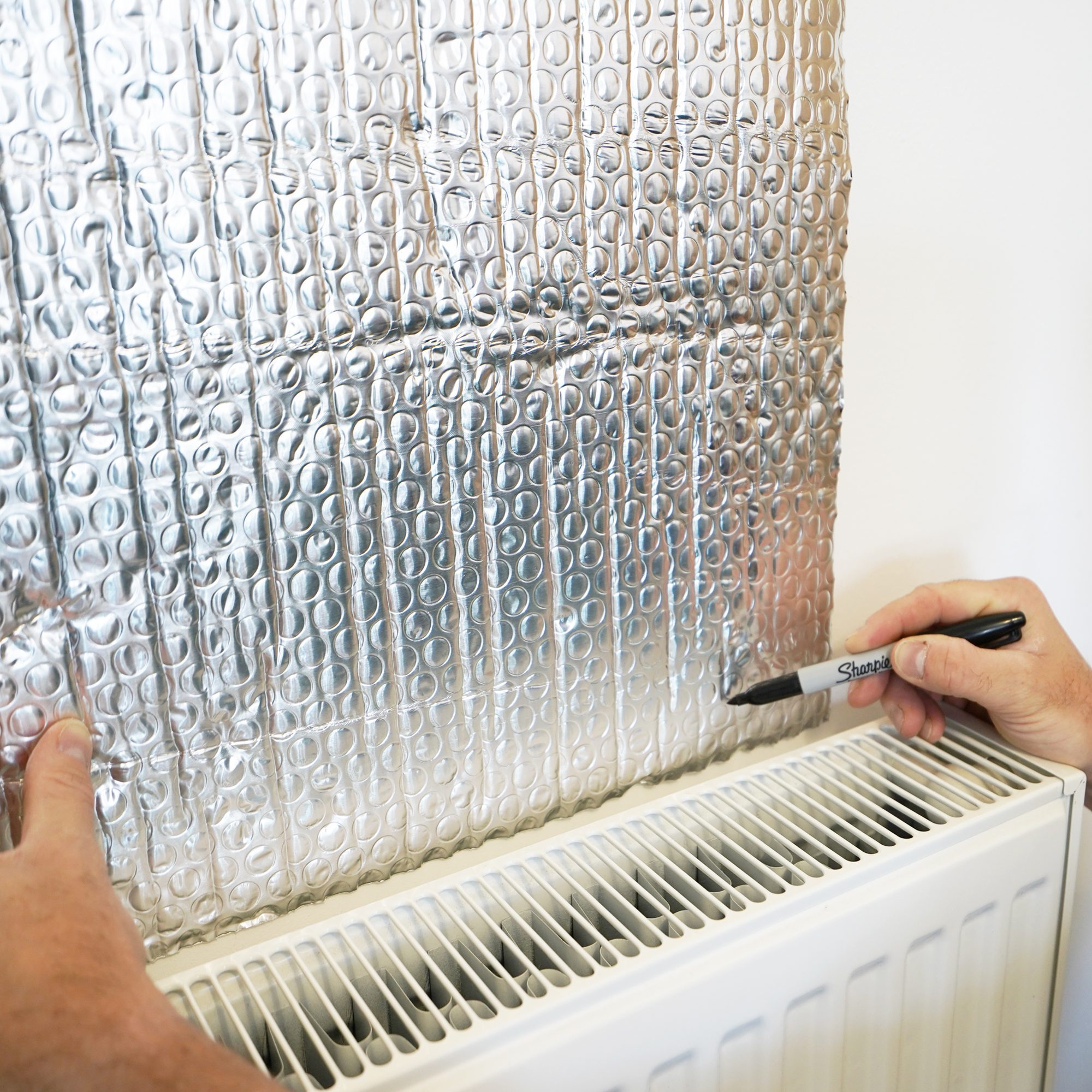How to Prevent Heat Loss Through Walls
You may be surprised or even shocked to know that approximately 25% of the heat generated by your boiler will (give or take) escape through your home’s roof if you do not have effective insulation.
Today – we want to show you how to prevent heat loss through walls. With energy prices in a precarious place, this is something that will make a huge dent in your finances, if we fail to act now.
Without good home insulation, the heat you are paying for will dissipate by 10% through the floor, and 35% through the walls and cracks in and around windows and doors.
None of this is a problem so much in summer, but in the winter months when you want to keep your home warm and toastie, you need to take every effort to protect the heat you are building up. You can’t let it make its way out through poor roof insulation / cracks in walls etc.
But don’t worry, taking steps to insulate your home doesn’t mean £££££’s, there are numerous minor, free or inexpensive changes that you can make your home more energy efficient, by adding insulation, modernizing the structure or retrofitting it.
You should seal up any breaches in your home’s insulation that allow warm air to escape and cold air to enter. Conserving warm air not only keeps your house cozy and warm but also means you’ll use less electricity to heat it. Homes without draughts are comfortable at lower temperatures, so you might be able to lower the thermostat and reduce your energy usage even further if you insulate properly.
Dealing with draughts…
The majority of these should be blocked, but be cautious in places that require sufficient ventilation. The following are the most typical places to locate draughts and tips for resolving them:
- Windows
- Doors
- Chimneys
- Floorboards and skirting boards
- Loft hatches
- Cracks in walls
- Radiators
Does insulating behind radiators reduce heating bills?
Our homes are heated by radiators, which are metal panels filled with hot water. To ensure that the heat from the radiators stays in the house for as long as possible, we frequently make every effort to insulate the rest of the house. While doing this is unquestionably a worthwhile task, it can be a bit useless as 40% of the heat from any radiator installed on an outside wall ultimately goes outside. This means you are consuming 40% more energy than is necessary to get the same result.

One quick fix for this issue is to insulate the space behind your property’s radiators. Which will reflect the heat away from the wall and back into the building. By doing so, you can heat your home more efficiently while also lowering your energy costs.
Insulation – Pay a professional, or DIY?
Radiator insulation can be carried out by an insulation professional or you can have a go at doing it yourself, don’t worry if you are not a DIY expert as there are great radiator insulation kits available to make the job as straightforward as possible.
Installing Your Radiator Insulation…
To do this, you will not always need to take your radiator off the wall. You can access behind it without moving it, although with many modern homes having rubber flexible piping to the radiators, lifting them off is very simple indeed. Many people chose to apply their radiator insulation when they redecorate their homes. Ensure you either remove the radiator from the wall or switch it off before working behind it.
The next step is to determine exactly where the heat-reflecting foil should be placed on the radiator you are insulating. Keep in mind that you may not want to place the foil all the way to the edges because you might not want to be able to see it clearly while seated at a slight angle from the radiator.

You will now have a fully insulated radiator. Complete the steps for the rest of the radiators in your home. You can be sure that at least 95% of the heat you are generating is within your home.
The best course of action to ensure you are holding on to all the heat you are paying for. This winter is to invest in radiator insulation for your home. This will reduce your energy bills, improve comfort levels inside your home, and lessen your carbon impact. Why not take a look at our whole range of insulation kits <<HERE>>, and get in touch if you need some professional insulation assistance from THE insulation experts.
